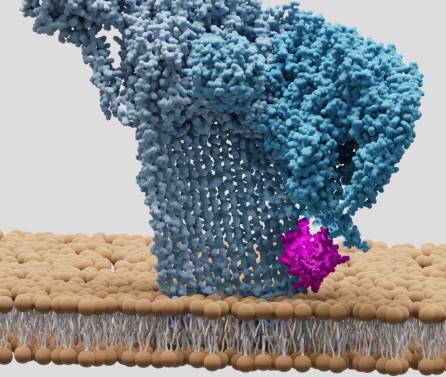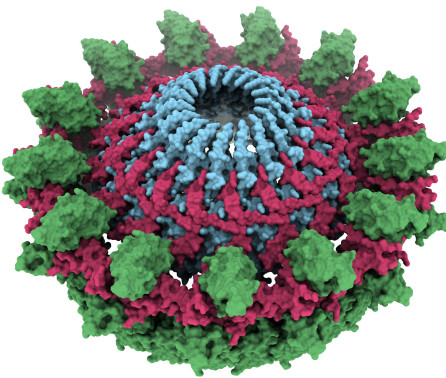BibTex format
@article{Kelwick:2019:synbio/ysy016,
author = {Kelwick, RJR and Ricci, L and Chee, SM and Bell, D and Webb, A and Freemont, P},
doi = {synbio/ysy016},
journal = {Synthetic Biology},
title = {Cell-free prototyping strategies for enhancing the sustainable production of polyhydroxyalkanoates bioplastics},
url = {http://dx.doi.org/10.1093/synbio/ysy016},
volume = {3},
year = {2019}
}
RIS format (EndNote, RefMan)
TY - JOUR
AB - The polyhydroxyalkanoates (PHAs) are microbially-produced biopolymers that could potentially be used as sustainable alternatives to oil-derived plastics. However, PHAs are currently more expensive to produce than oil-derived plastics. Therefore, more efficient production processes would be desirable. Cell-free metabolic engineering strategies have already been used to optimise several biosynthetic pathways and we envisioned that cell-free strategies could be used for optimising PHAs biosynthetic pathways. To this end, we developed several Escherichia coli cell-free systems for in vitro prototyping PHAs biosynthetic operons, and also for screening relevant metabolite recycling enzymes. Furthermore, we customised our cell-free reactions through the addition of whey permeate, an industrial waste that has been previously used to optimise in vivo PHAs production. We found that the inclusion of an optimal concentration of whey permeate enhanced relative cell-free GFPmut3b production by ∼50%. In cell-free transcription-translation prototyping reactions, GC-MS quantification of cell-free 3-hydroxybutyrate (3HB) production revealed differences between the activities of the Native ΔPhaC_C319A (1.18 ±0.39 µM), C104 ΔPhaC_C319A (4.62 ±1.31 µM) and C101 ΔPhaC_C319A (2.65 ±1.27 µM) phaCAB operons that were tested. Interestingly, the most active operon, C104 produced higher levels of PHAs (or PHAs monomers) than the Native phaCAB operon in both in vitro and in vivo assays. Coupled cell-free biotransformation/transcription-translation reactions produced greater yields of 3HB (32.87 ±6.58 µM) and these reactions were also used to characterise a Clostridium propionicum Acetyl-CoA recycling enzyme. Together, these data demonstrate that cell-free approaches complement in vivo workflows for identifying additional strategies for optimising PHAs production.
AU - Kelwick,RJR
AU - Ricci,L
AU - Chee,SM
AU - Bell,D
AU - Webb,A
AU - Freemont,P
DO - synbio/ysy016
PY - 2019///
SN - 2397-7000
TI - Cell-free prototyping strategies for enhancing the sustainable production of polyhydroxyalkanoates bioplastics
T2 - Synthetic Biology
UR - http://dx.doi.org/10.1093/synbio/ysy016
UR - http://hdl.handle.net/10044/1/63789
VL - 3
ER -

